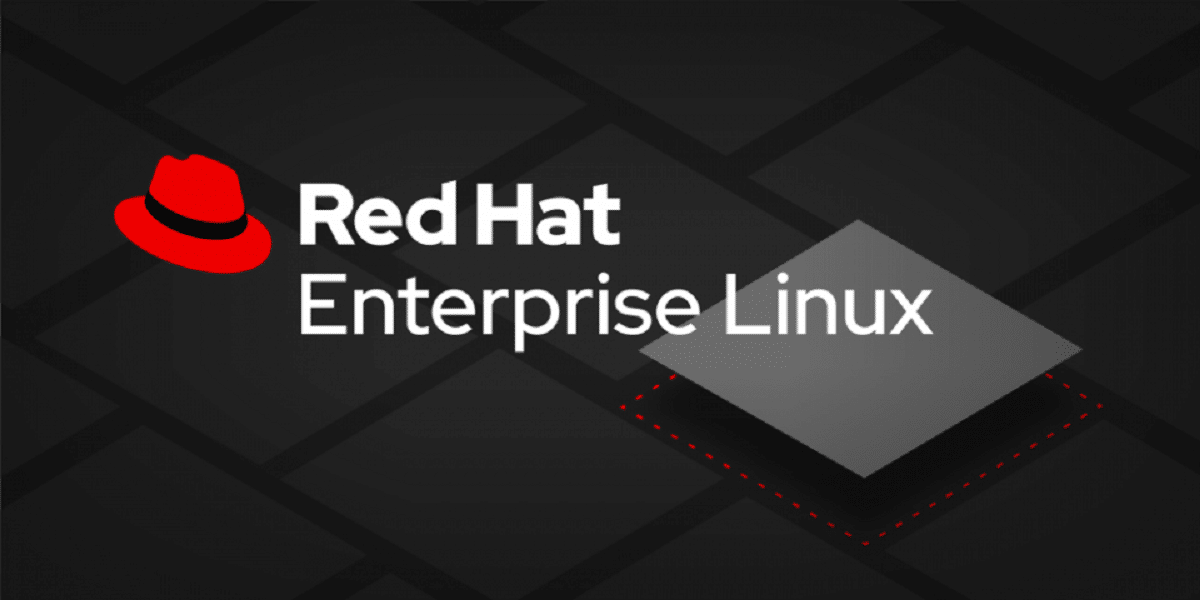
Red Hat Enterprise Linux also known by its acronym RHEL is a commercial distribution of GNU/Linux developed by Red Hat
Shortly after the release of Red Hat Enterprise Linux 9.2, the launch of updating the previous branch of Red Hat Enterprise Linux 8.8, which is shipped in parallel with the RHEL 9.x branch and will be supported until at least 2029.
Until 2024, the 8.x branch will be in full support phase, which includes the inclusion of functional improvements, after which it will move to the maintenance phase, in which priorities will shift towards bug fixes and security, with minor improvements.
What's New in Red Hat Enterprise Linux 8.8
In this RHEL 8.8 update release it is highlighted that GNOME offers the ability to customize the context menu that is displayed when you right-click on the desktop. The user can now add items to the menu to execute arbitrary commands. GNOME allows you to disable switching virtual desktops by swiping up or down with three fingers on the trackpad.
In RHEL 8.8, YUM implements the offline-upgrade command to apply updates to the system offline. The essence of offline updating is that first, new packages are downloaded using the command «yum offline-upgrade download", after which the command " is executedyum offline-upgrade reboot» to reboot the system in a minimal environment and install existing updates without interfering with work processes.
Another change that stands out is that a new synce4l package to use SyncE frequency synchronization technology supported on some network cards and network switches, which can improve communication efficiency in RAN applications due to more accurate time synchronization.
In addition to this, it is also highlighted that a new configuration file /etc/fapolicyd/rpm-filter.conf to fapolicyd, that Allows you to determine which programs a given user can run and which ones cannot.
On the other hand, we can find that a toolbox utility has been added, which allows you to start an additional sandbox environment, which can be arranged arbitrarily using the usual DNF package manager. You only need to execute the "toolbox create" command, after which at any time you can enter the generated environment with the "toolbox enter" command and install any package using the yum utility.
Also of note, Red Hat Enterprise Linux 8.8 added support for vhd images used in Microsoft Azure for the ARM64 architecture, as well as updated SELinux policies to support systemd-socket-proxyd and additional options to the oslat utility for measuring latency.
Of the other changes that stand out from this new update to the 8.x branch:
- Podman added support for generating audit events and using the Sigstore format to store digital signatures along with container images.
- Updated container tools to manage isolated containers, including packages like Podman, Buildah, Skopeo, crun, and runc.
- glibc implements a new classification algorithm for DSO dynamic links that uses a depth-first search (DFS) technique to address performance issues in looping dependency handling.
- The rteval utility provides summary information about program downloads, threads, and the CPU involved in executing those threads.
- The inkscape package, inkscape1, has been replaced with inkscape1, which uses Python 3. The inkscape version has been updated from 0.92 to 1.0.
- SSSD has added support for lowercase home directory names (using the "%h" substitution in the override_homedir attribute specified in /etc/sssd/sssd.conf). Also, users can change the password stored in LDAP (enabled by setting the ldap_pwd_policy attribute to shadow in /etc/sssd/sssd.conf).
Finally if you are interested in knowing more about it, you can check the details In the following link.
download get
For interested and have access to the Red Hat customer portal, you should know that this version is designed for x86_64, s390x (IBM System z), ppc64le and Aarch64 (ARM64) architectures. The sources for the Red Hat Enterprise Linux 9 rpm packages are located in the CentOS Git repository.
Ready-made installation images are available to registered users of the Red Hat Customer Portal (you can also use CentOS Stream 9 iso images to evaluate functionality).
